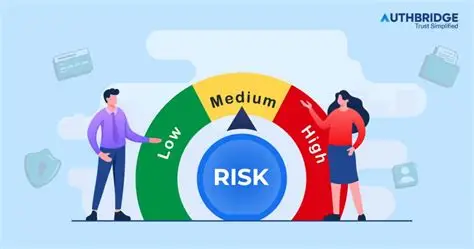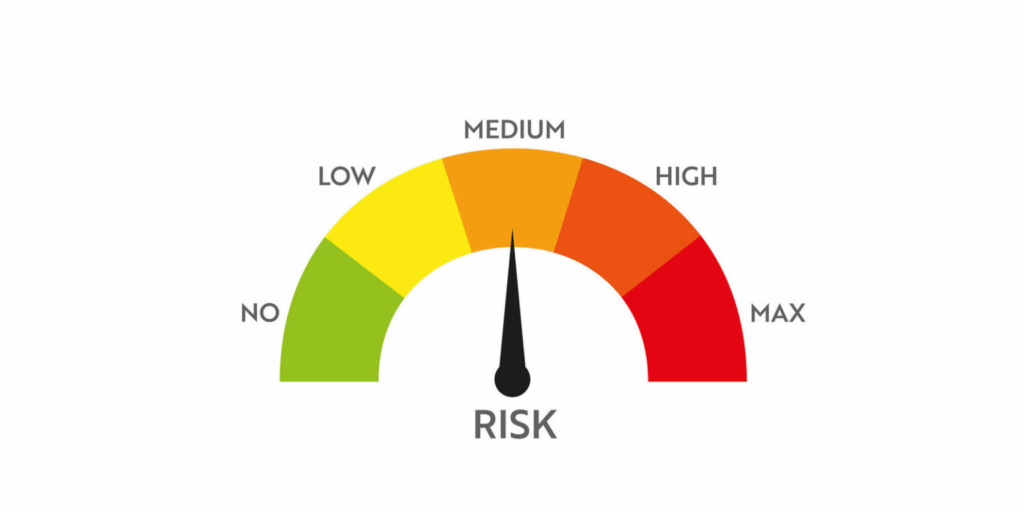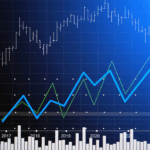In this article, I will focus on when medium-risk customers should have their periodic updates done. Periodic updation is a necessary step to maintain accurate KYC records and compliancy with regulations.
Updating customer records within the appropriate period enables financial institutions to mitigate risks while providing quality customer service, regulatory compliance, and operational efficiency.
Overview
In today’s changing world of finance and regulations, the process of customer due diligence (CDD) is more than just regulatory compliance; it is vital for risk management and safeguarding the institution’s reputation.
An essential part of effective CDD is Periodic Updation, which is the updation of customer information over time. Moderate-risk clients need specific attention, especially in balancing the cadence between high risk and low risk profiles.
Understanding Periodic Updation
Periodic Updation involves revising and reviewing the customer’s KYC details which are: proof of identification, proof of residence, their occupation, and funds provenance. Updating such information is important as it accounts for changes in one’s life situation such as relocation, job changes, financial dealings, or even a shift in their risk profile.

For banks and other financial service providers, maintaining up to date customer information goes beyond what is prudent business practice but is critically important for monitoring and controlling money laundering and other frauds and financial crimes.
What is Considered a Medium Risk Customer?
As to what constitutes a business to be classed as a low, medium or high risk is determined by multiple factors including its nature, business activities, its location and history of compliance. Medium risk customers are those which are between the extremes.
They are not classified as suspicious, but may be engaging in commensurately higher levels of activity or belong to certain industries that warrant closer scrutiny. An example would include professionals such as doctors or lawyers who have moderate to high incomes and associated professional transactions.
Compliance Requirements for Updating Periodically
As specified by the Reserve Bank of India (RBI), Financial Action Task Force (FATF) and other international bodies, the periodic updation cycles differ according to the customer risk categories:
Low-risk customers: Once every 10 years
Medium-risk customers: Once every 8 years
High-risk customers: Once every 2 years
In the case of medium-risk customers, this means that financial institutions must ensure that the KYC documents are reviewed and updated at least once every eight years. These, however, are minimum standards, and financial entities may choose to have more frequent updation based on internal risk policies or if triggered by suspicious activities.
When Should Be The Start Time For Periodic Updation?
While the average time is eight years in this case, there are some scenarios that warrant earlier periodic updation.
Customer Profile Changes: A significant increase in transaction volumes, changes in business activities, and relocation to a new country can all justify a KYC update.
Compliance Initiated: If there are changes to the legal or compliance framework which require more stringent layers of due diligence, periodic updation may take place earlier than scheduled.
System Alerts: Numerous financial services have automated systems in place to monitor activities. If there is a deviation from the usual transaction activities, manual intervention and reviewing processes at times is needed.
Customer Request: When a customer voluntarily requests to change certain details such as mobile number or their address, it enables thorough KYC verification processes and if need be, full KYC updation.
Consequences of Not Updating KYC in Time

KYC periodic expiries pose threats not updating for medium to moderate risk customers:
Regulatory Penalties: Not adhering to the KYC guidelines with range set within certain bounds incurs non-regulatory fines or a mark up sanction by concerned authorities.
Operational Risk: Inaccurate and out-of-date surveys leads to inadequate and inefficient service delivery which in turn reduces customer satisfaction.
Increased Fraud Risk: Outdated information incentivizes criminals to exploit systems and commit identifying fraud crimes an.
Best Practices for Timely Updation
In overcoming the periodic timely updating challenges of medium to moderate risk clientele, stated financial institutional practices would be most useful for setting standards:
Automated Reminders: Notice programs mounted within documents can serve to prompt clients within the stipulated thresholds KYC updates.
Digital KYC Channels: Submission of KYC documents through the internet or mobile applications eases processes.
Educational Campaigns: Customers should be informed of the need for cooperation and process widely prior so that compliance expectations arnetted.
Conclusion
Updating KYC records periodically is not only a compliance necessity—it helps reinforce confidence, safeguard risks, and ensure ongoing alignment with standards.
For moderate-risk clients, renewing their KYC documentation every eight years aligns well with efficiency and effectiveness; it is a targeted and reasonable approach.
With the right investment in automated systems and streamlined processes, financial institutions can make periodic updates effortless and advantageous for all parties involved.
FAQ
What is periodic updation?
Periodic updation is the process of reviewing and updating a customer’s KYC (Know Your Customer) information to ensure accuracy and compliance.
Who are medium-risk customers?
Medium-risk customers are individuals or entities whose financial activities or profiles present a moderate level of risk, based on factors like occupation, transaction volume, or geography.
How often should periodic updation be done for medium-risk customers?
For medium-risk customers, periodic updation should be carried out at least once every 8 years.









